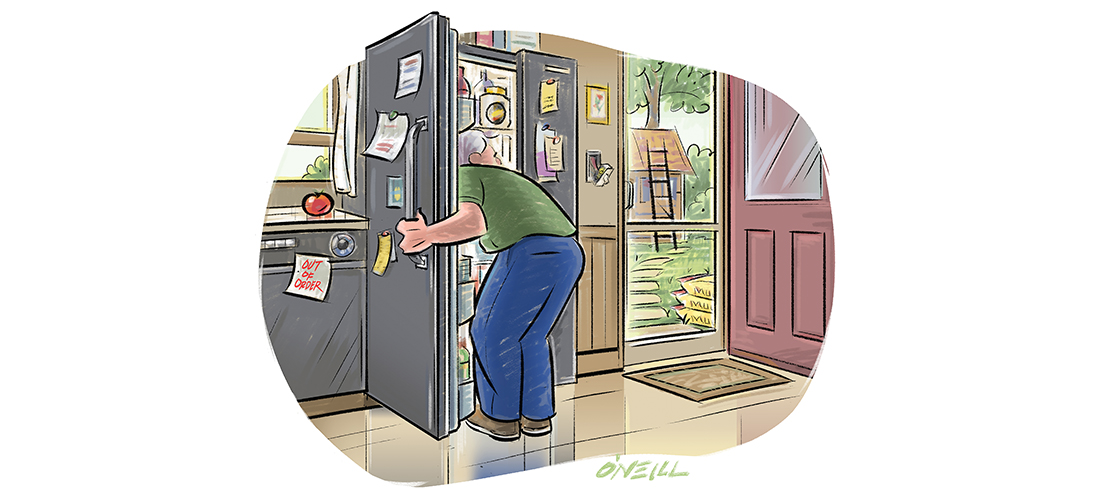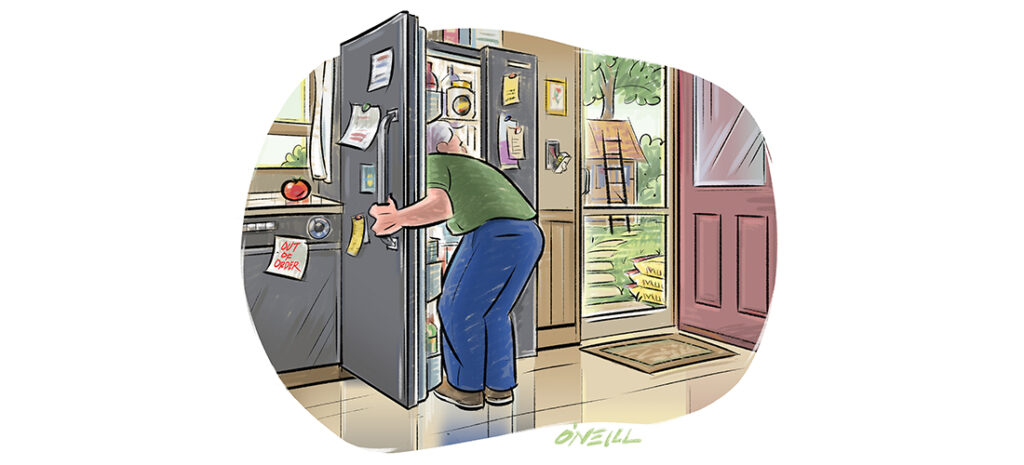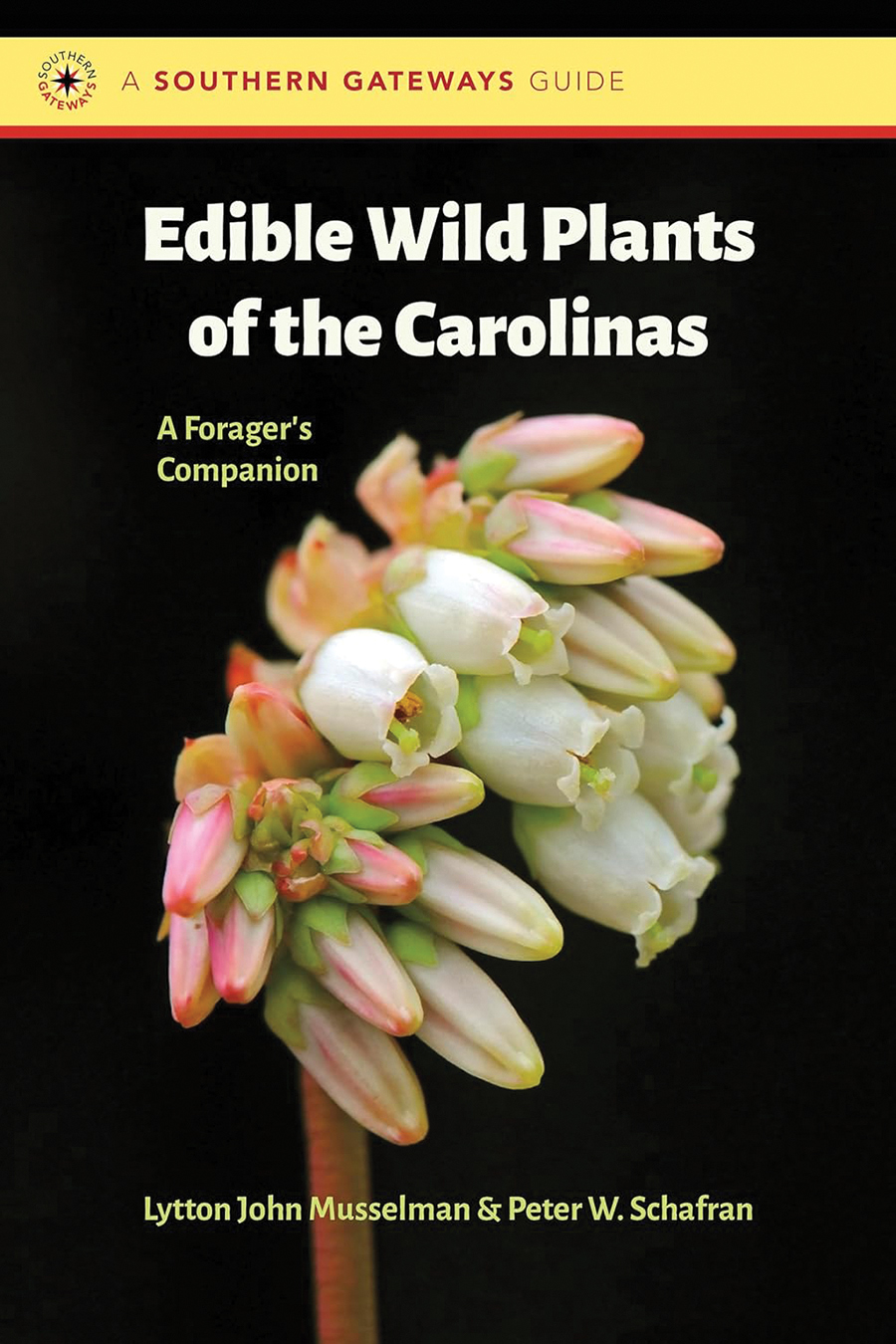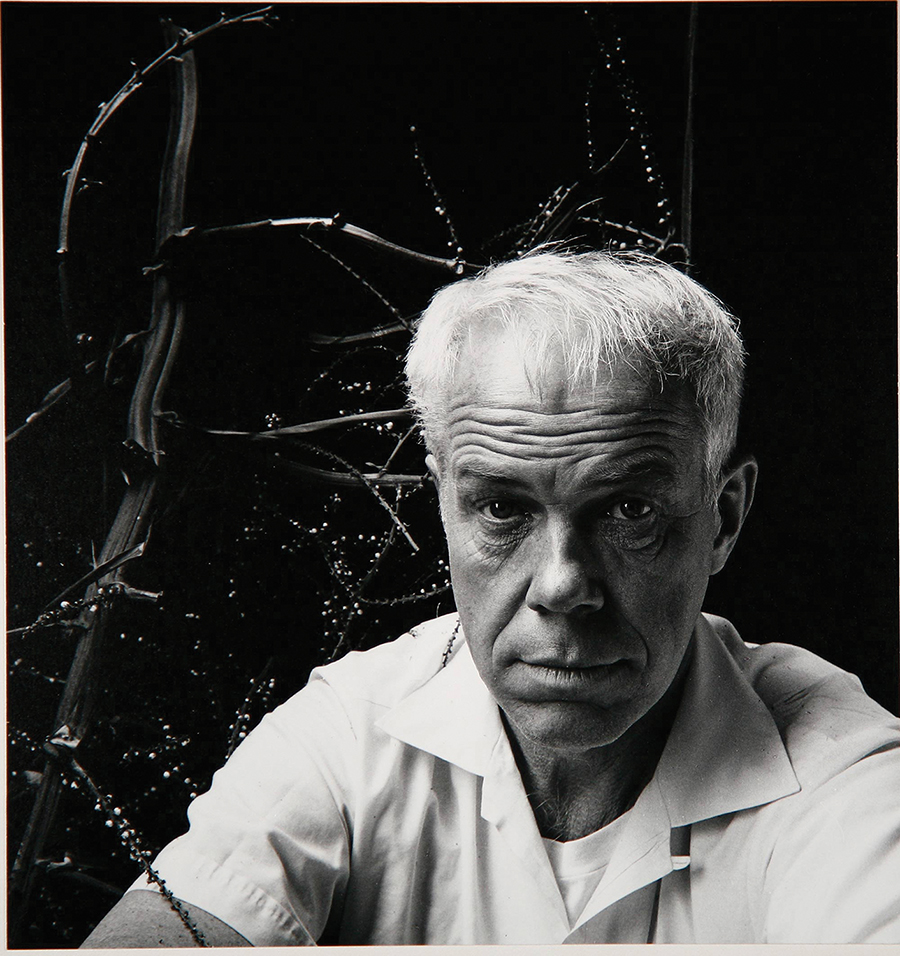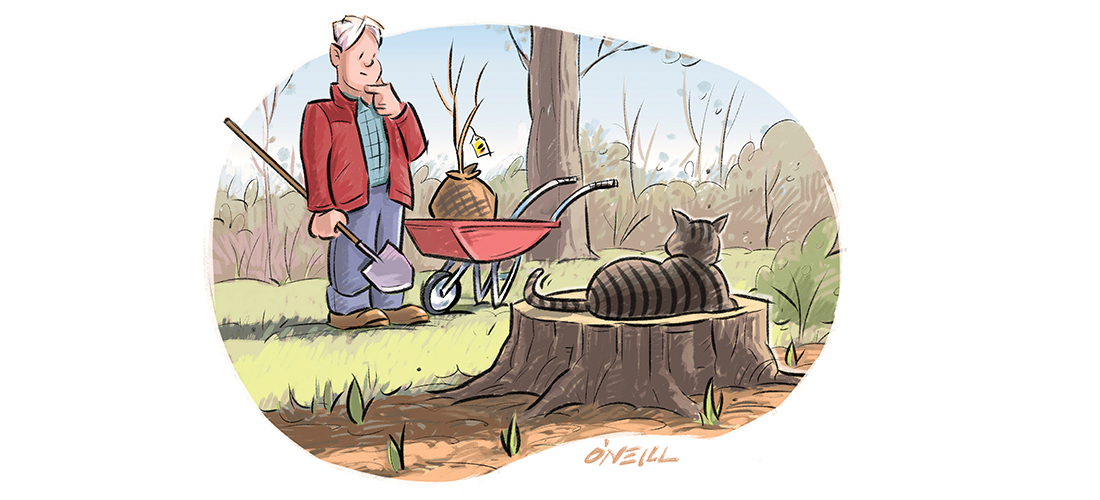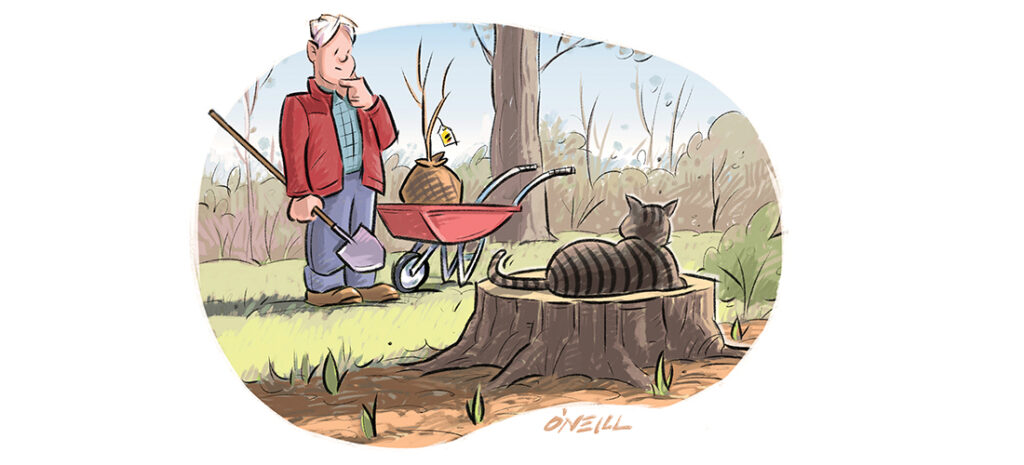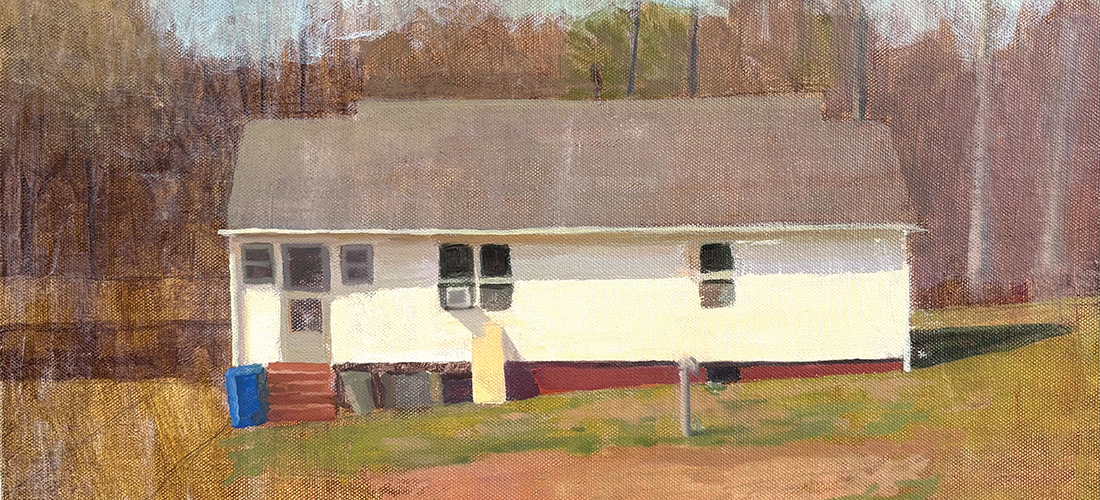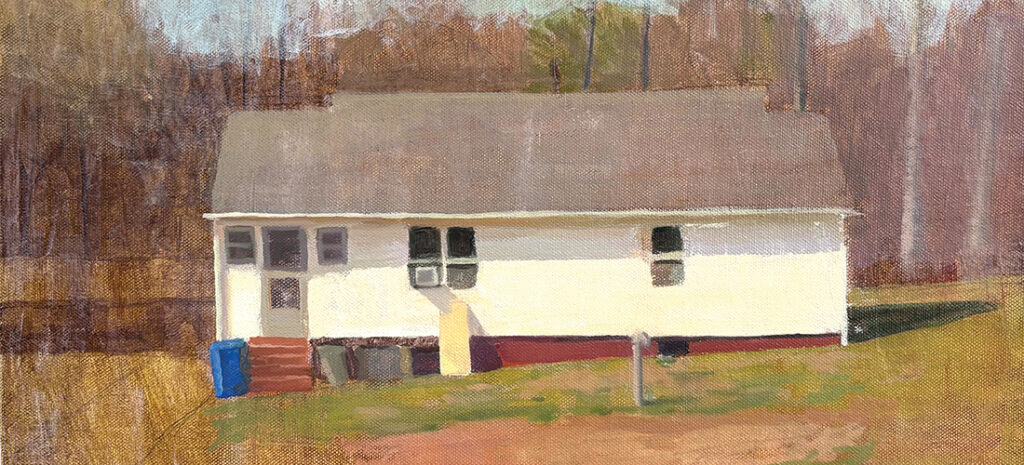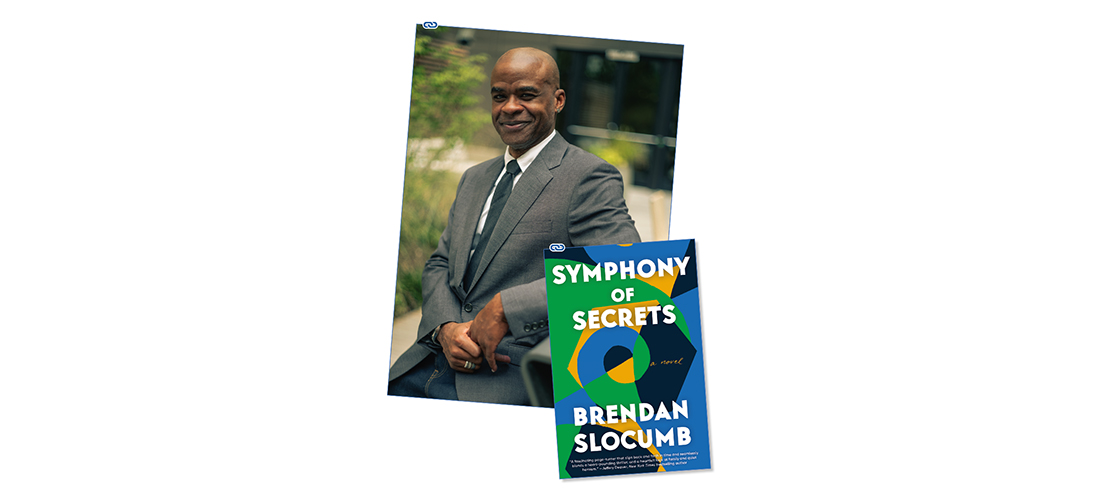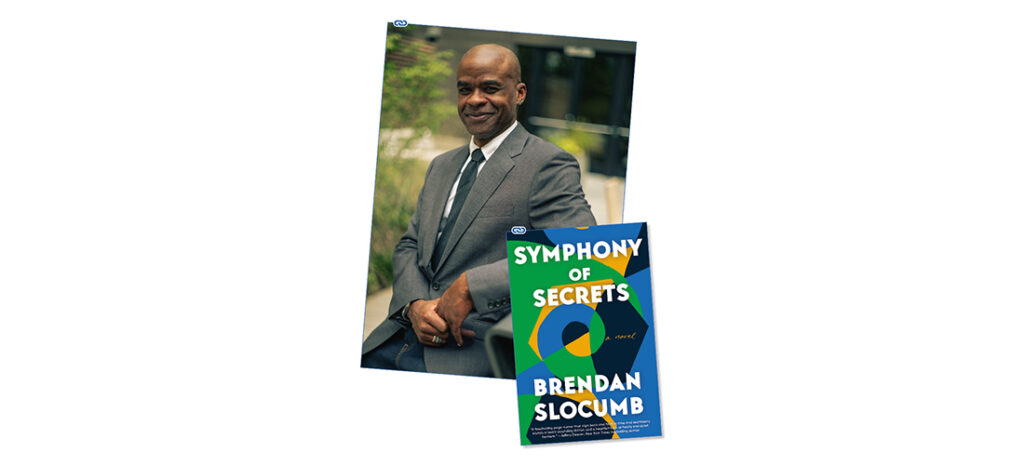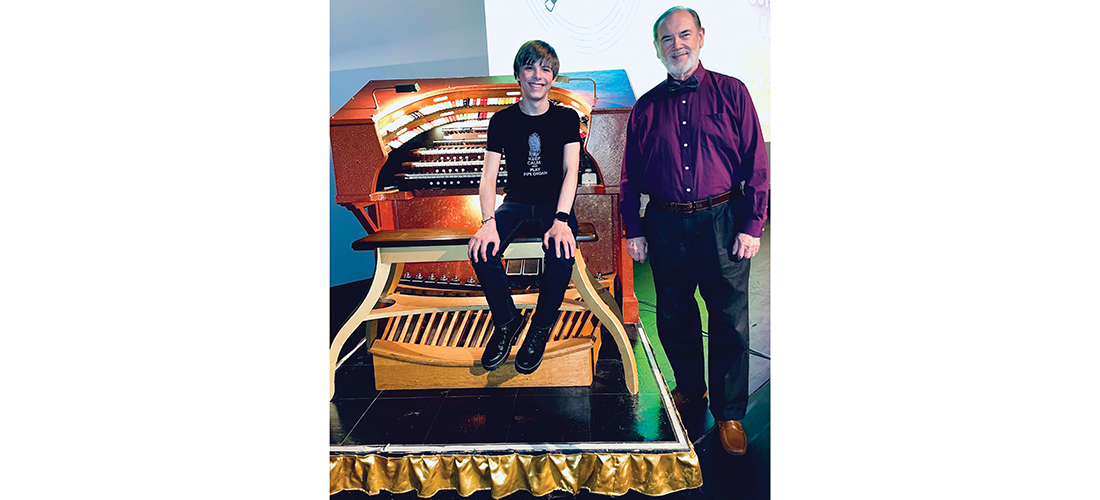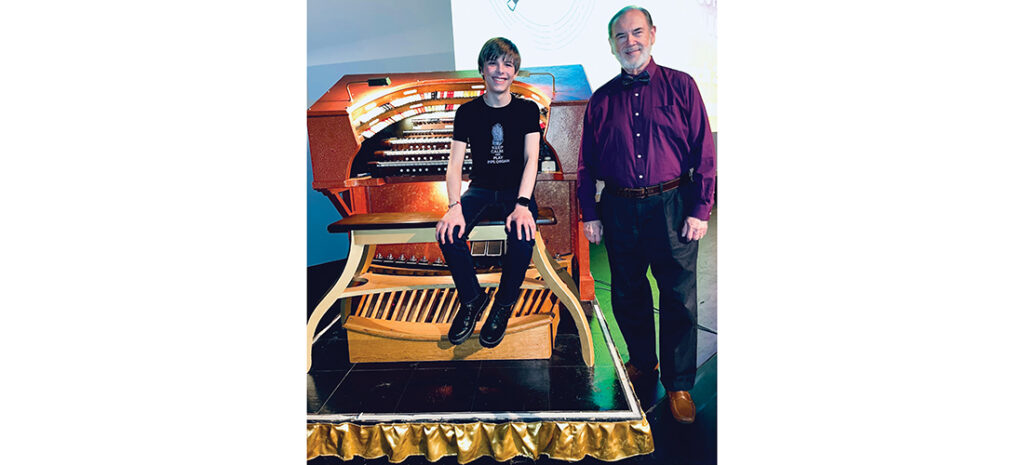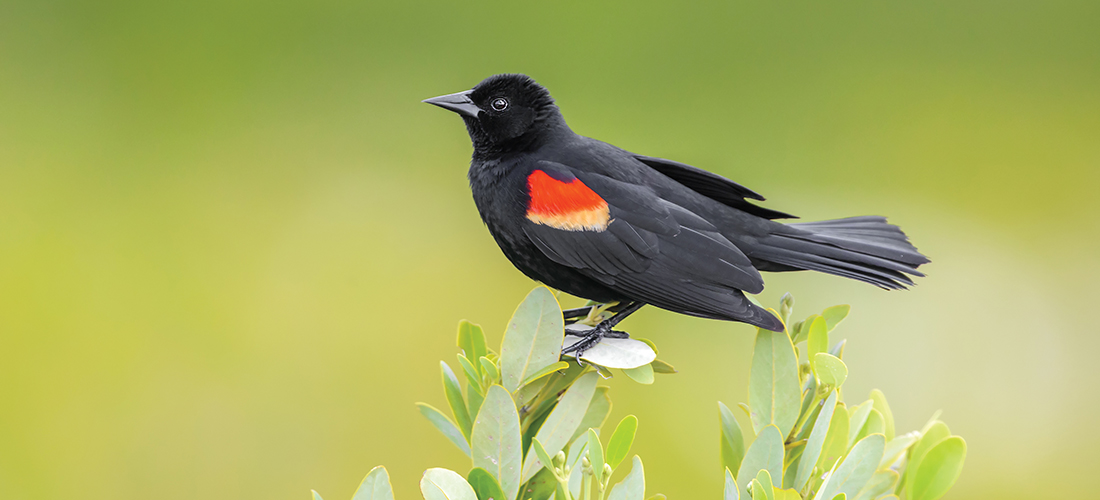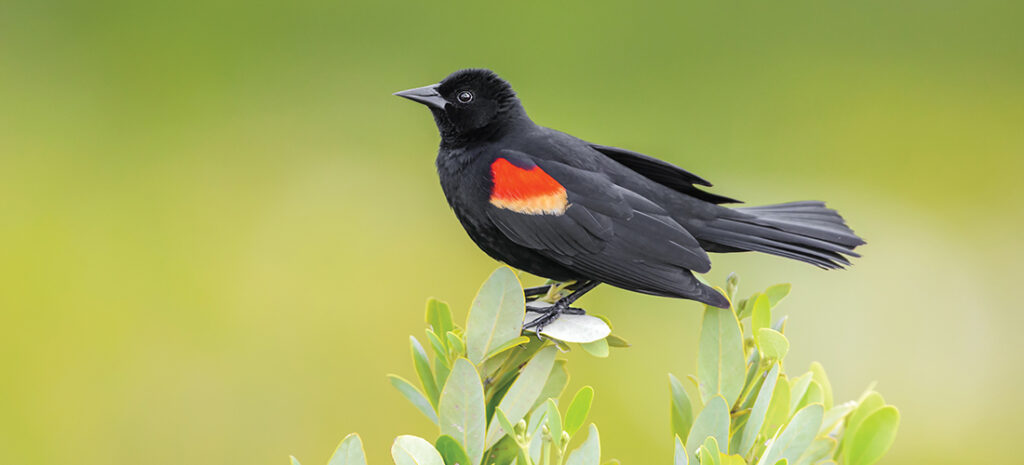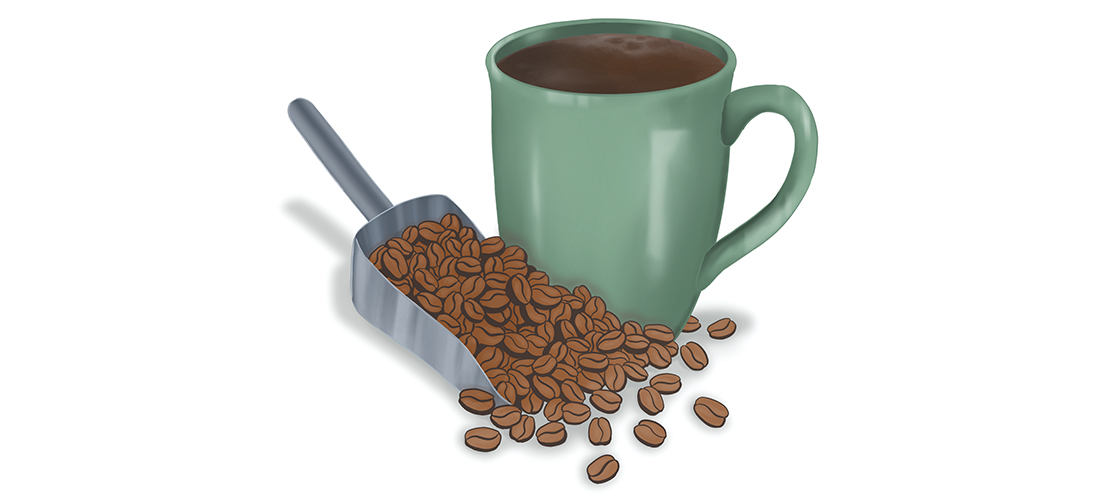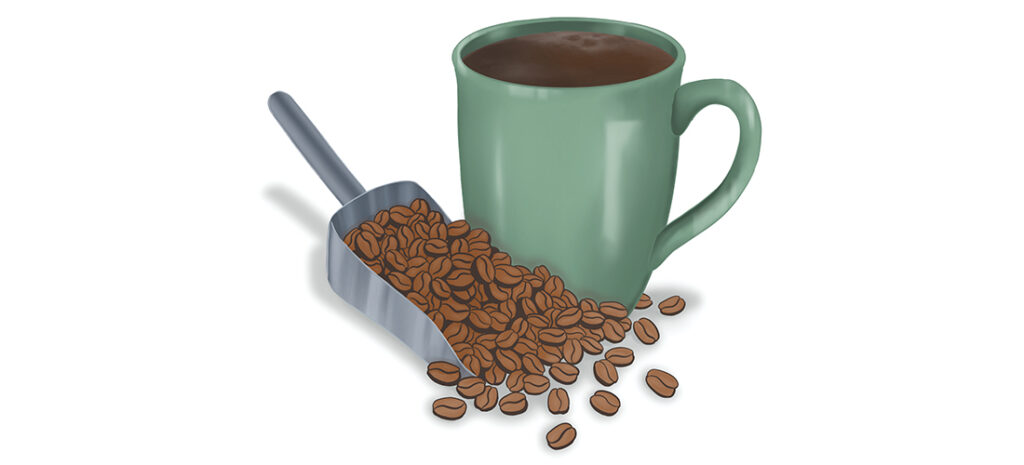Chaos Theory
Chaos Theory

A Souvenir
The best thing we brought back from Mexico didn’t come home in our suitcase
By Cassie Bustamante
The year I became pregnant with my second child, 2006, I wasn’t quite ready. My husband, Chris, and I knew we wanted two kids, a boy first and a girl second, as I’d always envisioned. But we’d just had our first baby — yes, a boy — in the summer of 2005. We were going to start trying again in the fall of 2006 so our kiddos could be almost exactly two years apart, just like my older brother and me.
Before we added another babe to our brood, just like Conrad Birdie, we had a lot of living to do. In April, we dropped off our infant son, Sawyer, with my parents and snuck in a Great Apple getaway, exploring landmarks, strolling Central Park and savoring the city’s finest cuisine — street-side pizza, slices so humongous and dripping with mozzarella that they had to be folded to be eaten.
Then, in May, came Puerto Vallarta, Mexico, thanks to Chris being a top performer at work. Again, Sawyer stayed with grandparents while Chris and I — with a group of his coworkers, bosses and plus ones — sipped Piña coladas and sangrias, complete with cocktail umbrellas, next to a glimmering turquoise ocean. Chris and I took an excursion into the city to savor authentic local fare, but also took part in resort activities with his work pals.
A group of his coworkers wanted to hit up karaoke night and asked us to join them. When we got there, it was clear that no one in our group was actually willing to sing. Hold my margarita, I said.
Some boys kiss me, some boys hug me, I think they’re OK, I began Madonna’s “Material Girl” nervously. But, after a beat, I was feeling it. What I lacked in singing chops I made up for in dramatic flair, sauntering around the room and gesticulating in a flirty manner. I didn’t win the night’s competition, but I did come in second, losing to a resort-goer who could actually carry a tune. Plus, I won the respect of Chris’ cohorts, who thought I was brave.
And I caught someone’s eye that night — my own husband’s.
A few weeks after landing back on U.S. soil, I discovered we’d brought home an unanticipated souvenir. Feeling a little funny, I purchased a pregnancy test kit, complete with three tests, just in case. I took the first one. No, this can’t be.
I guzzled a bottle of water so that I could try this again. Surely, it was a false positive. I took the second. Then the third. Positive, positive.
That evening, Chris sat at the computer desk in our home office, the beeping of dial-up connection sounding through the room as he prepared to email the latest photos of 9-month-old Sawyer to his parents. I paced the house, reluctant to spill the beans. Building up my nerve, I’d walk into the room, ready to burst, but instead hesitate and mutter something like, “What do you think about trying this new recipe tomorrow?”
Finally, my nervous energy got to him. “Is there something you want to say, Cassie?”
“OK, yes,” I said. The rest of the words tumbled out hurriedly. “I’ve been feeling a little off, so I took a pregnancy test and it was positive. Actually, I took all three tests and, well —”
I fanned them out in my hand, six pink lines glaring back.
“Are you upset?” I asked sheepishly.
“Upset?” Chris burst into laughter. “Why would I be upset? We’re having a baby — again!”
“Well, it’s a little earlier than we planned,” I sputtered. “I just thought maybe you’d be mad because this is not exactly on our timeline.”
His blue eyes twinkled as he got up and pulled me into a hug. “You never have to worry that I’d be mad about you getting pregnant, ever. Unless, of course, it’s not mine,” he deadpanned.
I wiped away tears, “Oh, it’s yours.”
Eleven months later, we left our 21-month-old and 4-month-old babies with my parents and jetted off to Puerto Vallarta again, and again it was on account of Chris’ job performance. As the president of his company spoke, he commended Chris, saying “And now Chris is going for a third!”
“Oh, no, he’s not!” I blurted out loudly. The crowd of colleagues erupted into laughter as I realized my blunder — his superior had meant a third year of top-notch numbers.
We never got that third trip. But, as it turns out, we changed our minds about that third child many years later and welcomed our incredible, “not-an-oops” caboose, Wilder. Still, there is one thing I know for certain: Any future vacation souvenir must come home in our luggage. OH
Cassie Bustamante is editor of O.Henry magazine.


